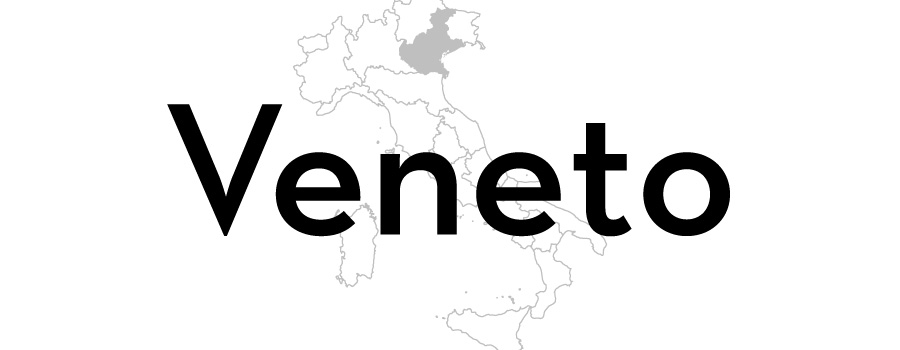Rabbit ragù with tagliatelle
Valeria Necchio serves up her Grandmother's rabbit ragù recipe with some fresh tagliatelle – the perfect dish for lazy Sundays in the kitchen. This recipe is taken from Veneto: Recipes From an Italian Country Kitchen by Valeria Necchio, published by Faber & Faber. Photography by Valeria Necchio.
If I could eat tagliatelle with rabbit ragù every week, I would. I don't, but Mum used to, for Great-Grandma Maria was adamant about making it every Sunday as the first course, followed, most likely, by braised rabbit with stir-fried greens. Then again, they did rear their own rabbits.
Rabbits have been farmed for centuries in Veneto, and the tradition continues to this day, with rabbit being widely available in butcher shops and on restaurant menus. Many agriturismi dotting the Venetian countryside serve it, either on its own or, if you're lucky, as part of an always delightful ragù di cortile (a 'courtyard' mixed-meat ragù).
Great-Grandma Maria only used rabbit in her ragù. The sauce started with rabbit meat browning in a glistening puddle of butter and pancetta. It was then wetted by wine and broth and a blushing bit of tomato before being simmered patiently for a good while – long enough for Maria to make a batch of fresh tagliatelle to go with it.
Making fresh pasta was part of the Sunday ritual in rural Veneto. No woman would ever get married, let alone be allowed in the kitchen, if she didn't know how to tame a ball of dough. Maria used to stretch her dough with a rolling pin (baco da taiadele), cut the tagliatelle by hand, and hang them to dry around the kitchen like frilly fringes. No pasta machine in her kitchen.
I wish I could say the same. These days, I not only rely on a pasta machine, but I often depend on a good fresh pasta supplier, too. The rabbit sauce however, has no shortcuts: its therapeutic properties rest in the cooking as much as the eating. Taking a half Sunday to bring it all together seems like a luxury sometimes, but it all feels very worthwhile the moment we sit down to lunch.
Ingredients
Metric
Imperial
Rabbit ragù
- 1 rabbit, cleaned and boned (yielding about 500g meat), finely chopped
- 45g of unsalted butter
- 30ml of extra virgin olive oil
- 100g of pancetta, minced
- 1 onion, finely diced
- 1 carrot, peeled and finely diced
- 1 celery stick, finely diced
- 3 sage leaves
- 1 sprig of rosemary
- 180ml of dry white wine
- 480ml of vegetable stock
- 45ml of passata
- 15g of tomato purée
- fine salt
- freshly ground black pepper
To serve
- 450g of tagliatelle, fresh
- 100g of Parmesan, grated
Method
Get in touch
Please sign in or register to send a comment to Great British Chefs.




